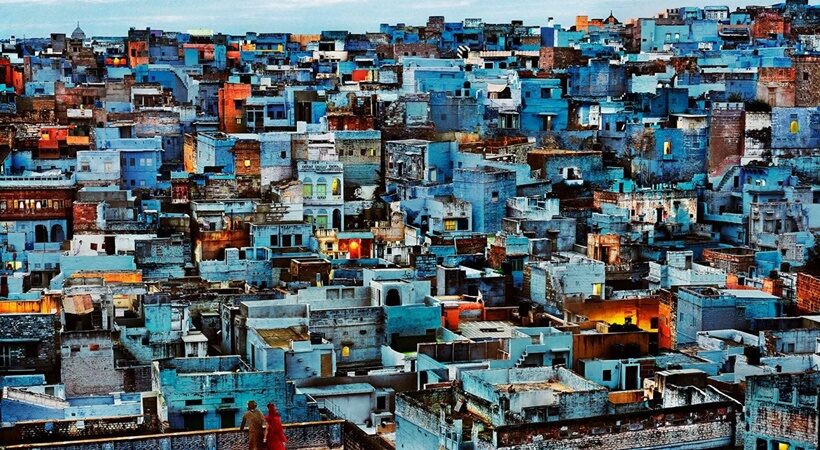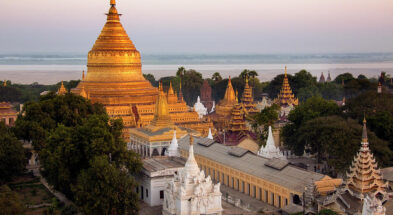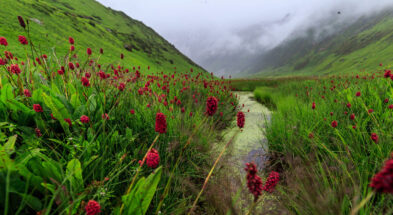The second-largest city in the Indian state of Rajasthan, the “Blue City” has a mesmerizing collection of azure abodes that soothes and delights anyone who sees them. In the city of Jodhpur, a sea of boxy indigo houses stretches for more than 10 kilometres along the walls of the historic walled old city. The colour blue was once an indicator of social class and denoted Brahmin households, but over time, it became a badge of identity for non-Brahmins, too.
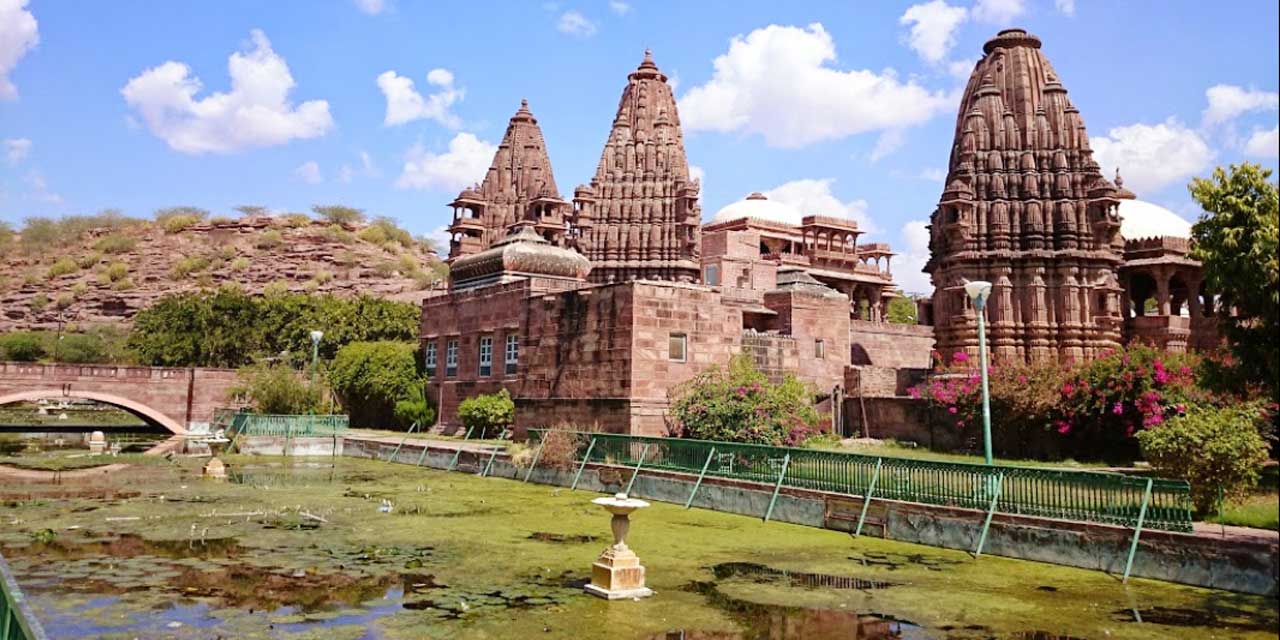
Image Credits: Jodhpur Tourism
Jodhpur marks its origin back to the year of 1459 AD. The history of this prosperous city revolves around the Rathore clan. Rao Jodha, the chief of Rathore Clan, is credited with the origin of Jodhpur in India. The city is known to be built in place of the ancient capital, Mandore of the state of Manwar. Hence, the people of Jodhpur and surrounding areas are commonly known as Marwaris. In addition, it is believed that the relics of Mandore can still be witnessed in the Mandore Gardens.
Situated on the edge of the Thar Desert, Jodhpur is also called the “Sun City,” owing to the overwhelming amount of bright and sunny days it experiences. It is home to famed forts, palaces, mausoleums, gardens, lakes and towers, making it a hotspot for tourist activities. Since its founding, more than 500 years ago, the city has earned a reputation for its textile industry, exquisite furniture shops, delectable cuisine and bustling bazaars, among many other attractions.
But above all, visitors are not likely to forget the eye-catching colour coating on the houses, creating a luscious blue sea in the arid Indian landscape. A view from the top of the looming Mehrangarh Fort, one of India’s largest forts from the 15th century, lets visitors savour the bountiful, striking blue for which the city is renowned.
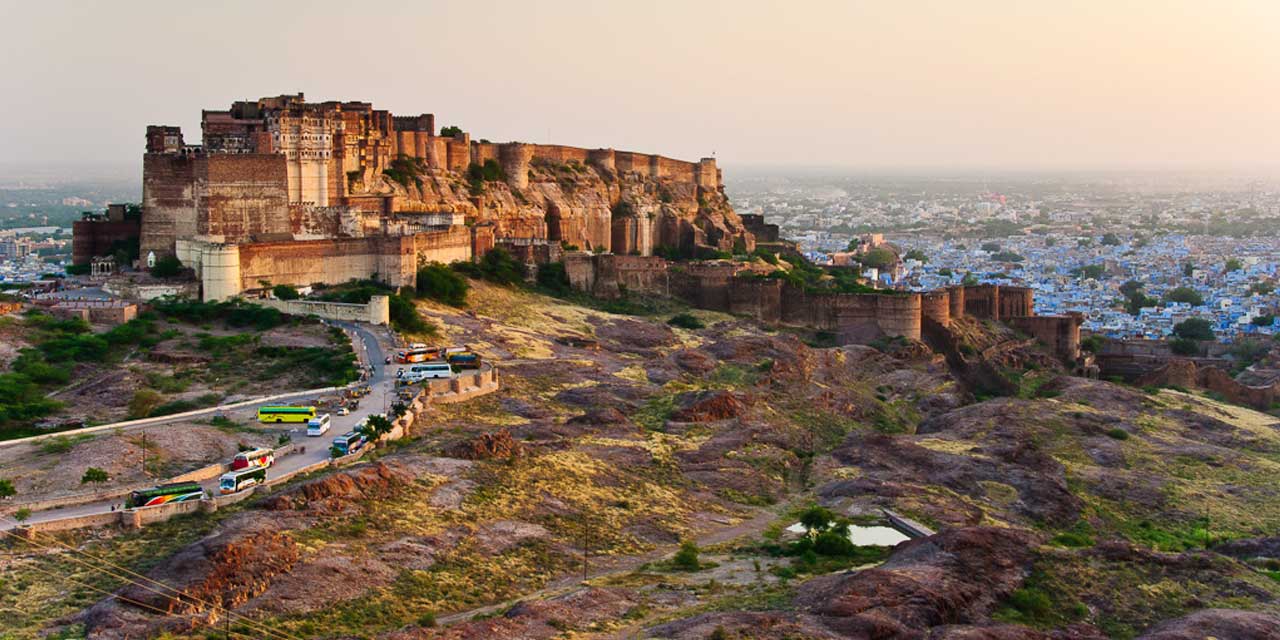
Image Credits: Jodhpur Tourism
Rising, perpendicular and impregnable from a hill, which is 125 metres above Jodhpur’s skyline, is the Mehrangarh Fort. This historic fort is one of the most famous in India and is packed with history and legends. Mehrangarh Fort still bears the imprints of cannonball attacks by the armies of Jaipur on its second gate. Chiselled and sturdy, the fort is known for its exquisite latticed windows, carved panels, intricately decorated windows and walls of Moti Mahal, Phool Mahal and Sheesh Mahal.



